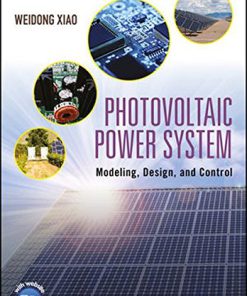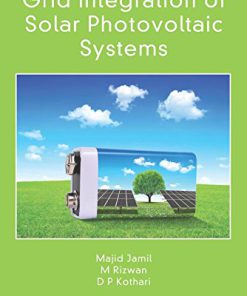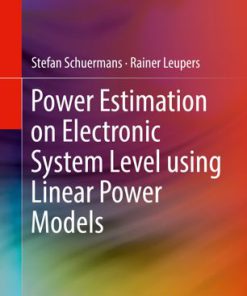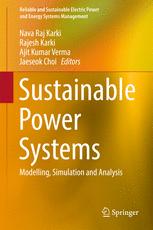Solar Photovoltaic System Modelling and Analysis Design and Estimation 1st Edition by Mariprasath 104002310X 9781040023105
$50.00 Original price was: $50.00.$25.00Current price is: $25.00.
Solar Photovoltaic System Modelling and Analysis Design and Estimation 1st Edition by Mariprasath – Ebook Instant Download/Delivery ISBN(s): 104002310X, 9781040023105
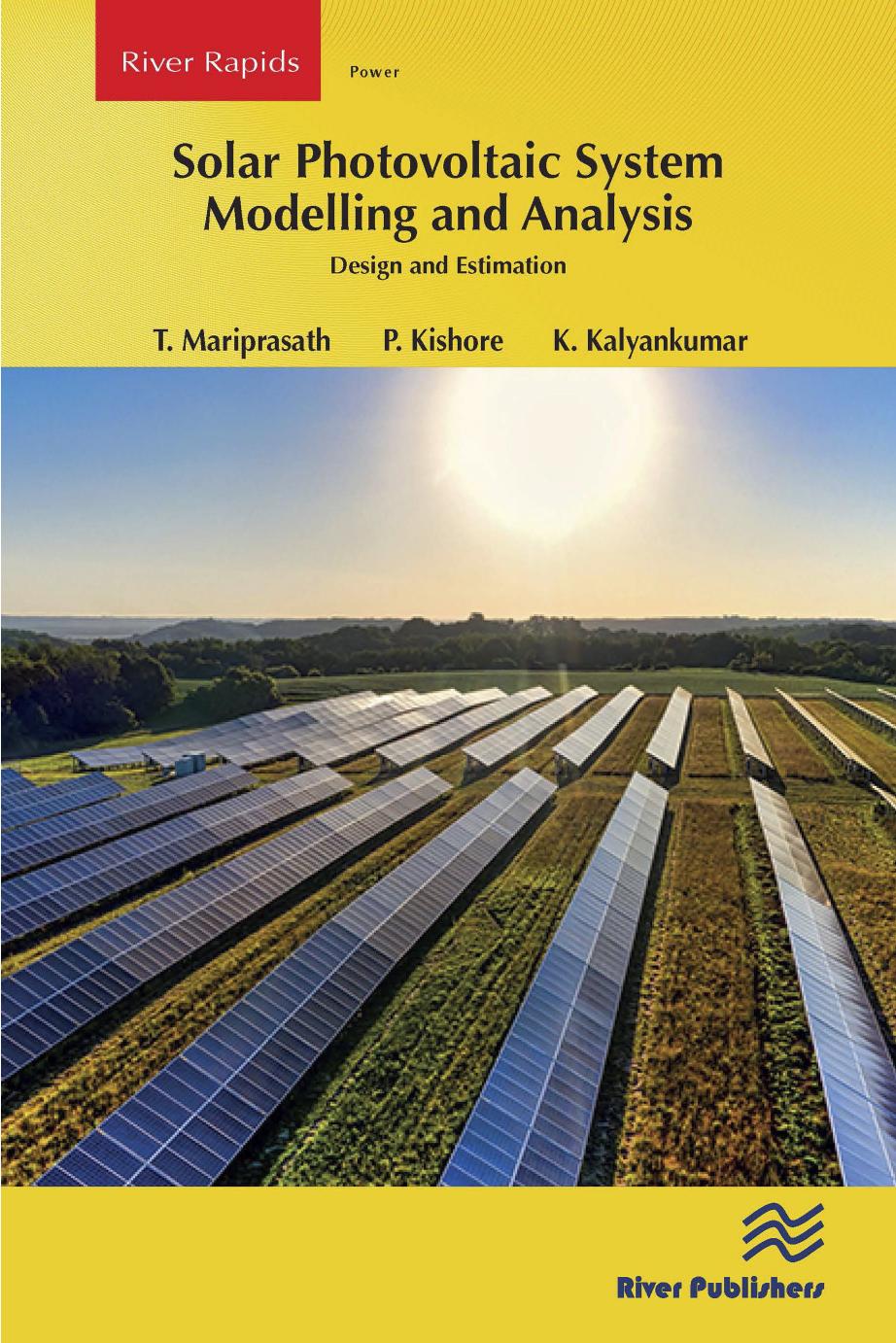
Product details:
- ISBN 10: 104002310X
- ISBN 13: 9781040023105
- Author: Mariprasath
This book outlines the global opportunity to increase solar photovoltaic (PV) plant energy yields through modelling and analysis. Because it is endlessly available in Earth’s atmosphere, solar PV energy extraction is rising faster than all other renewable energy sources worldwide. Thus, technological improvements are needed to lower the cost of solar PV per watt every year. Since solar PV efficiency is low, modelling and analysis of boost converters, maximum power point tracing, solar PV cleaners, irradiation tracing systems, and panel tilt adjustments all help increase solar PV plant energy yield. Solar Photovoltaic System Modelling and Analysis covers topics such as: Relevance, types, and growth rate of renewable resources How solar PV systems generate electricity Panel varieties and their importance Solar PV designs and architectures Charge controllers, including the latest technologies Boost converter modelling and analysis in MATLAB The necessity of hybrid power plants (modelling and analysis) Designing a solar PV system including panel selection for a specific application, as well as converter and inverter estimation
Table of contents:
Chapter 1 Renewable Energy
1.1 Renewable Energy
1.2 Non-Conventional Power Plants
1.2.1 Wind power plant
1.2.2 Biomass power plant
1.2.3 Ocean power plant
1.2.4 Hydro power plant
1.2.5 Geothermal energy
Chapter 2 Photovoltaic Systems
2.1 Photovoltaic System
2.2 Photovoltaic Power Generation
2.3 Monocrystalline Silicon Solar Cell
2.4 Polycrystalline Silicon
2.5 Solar Cells Made of a Thin Film (TFSC)
2.6 Solar Cells Made out of Amorphous Silicon (a-Si)
2.7 Copper Indium Gallium Selenide (CIS/CIGS)
Chapter 3 Types of Solar Photovoltaic Systems
3.1 Types of Solar Photovoltaic Systems
3.1.1 Grid-tied systems
3.1.2 Grid-tied system with battery back-up
3.1.3 Off-grid system
Chapter 4 Solar Charge Controller
4.1 Solar Charge Controller
4.2 Working Principle of a Charge Controller
4.3 Benefits of a PWM Charge Controller
4.4 MPPT Charge Controller
4.5 Development of MPPTs
4.6 Limitation of Traditional MPPT
4.7 Merits of Conventional MPPT
4.8 Bi-inspired MPPT
4.8.1 Particle optimization
4.8.2 Ant colony optimization
4.8.3 Genetic algorithm (GA)
4.8.4 Grey wolf optimization
4.8.5 Ant bee colony algorithm
4.9 Characteristics of an MPPT Solar Charge Controller
4.10 MPPT with a PWM Charge Controller
4.11 Design of a Series Controller
4.12 Design of the Shunt Controller
Chapter 5 Necessity of Boost converters
5.1 Necessity of Boost converters
5.2 Components Used in a Boost Converter
5.3 Necessity of a Buck converter
5.4 Necessity of a Buck Boost Converter
5.5 Effect of Duty Cycle
5.6 Circuit Configuration of a Boost Converter
5.7 Result and Analysis
5.8 Modified Boost Converter
Chapter 6 Necessity of a Hybrid Power Plant
6.1 Necessity of a Hybrid Power Plant
6.2 Grid Connected Solar PV system
Chapter 7 Domestic Application
7.1 Domestic Application
7.2 Load Estimation
7.3 Measurements of the Converter
7.4 Dimensions of the Battery
7.5 Solar Photovoltaic Size
People also search:
solar photovoltaic system design
solar panel mathematical model
solar energy modeling
a photovoltaic system
a model of a solar system
You may also like…
Engineering - Energy & Power Resources
Engineering - Energy & Power Resources
Engineering - Energy & Power Resources
Power System Analysis and Design 6th Edition J. Duncan Glover
Engineering
Wind and Solar Power Systems: Design, Analysis, and Operation 3rd Edition Mukund R. Patel




